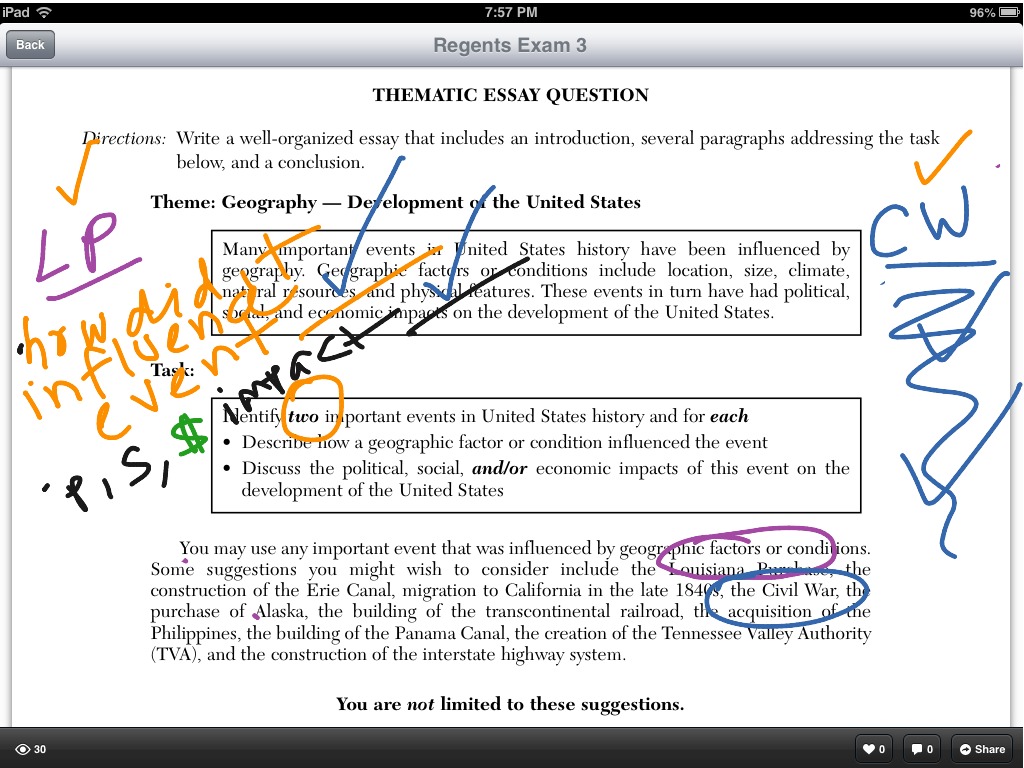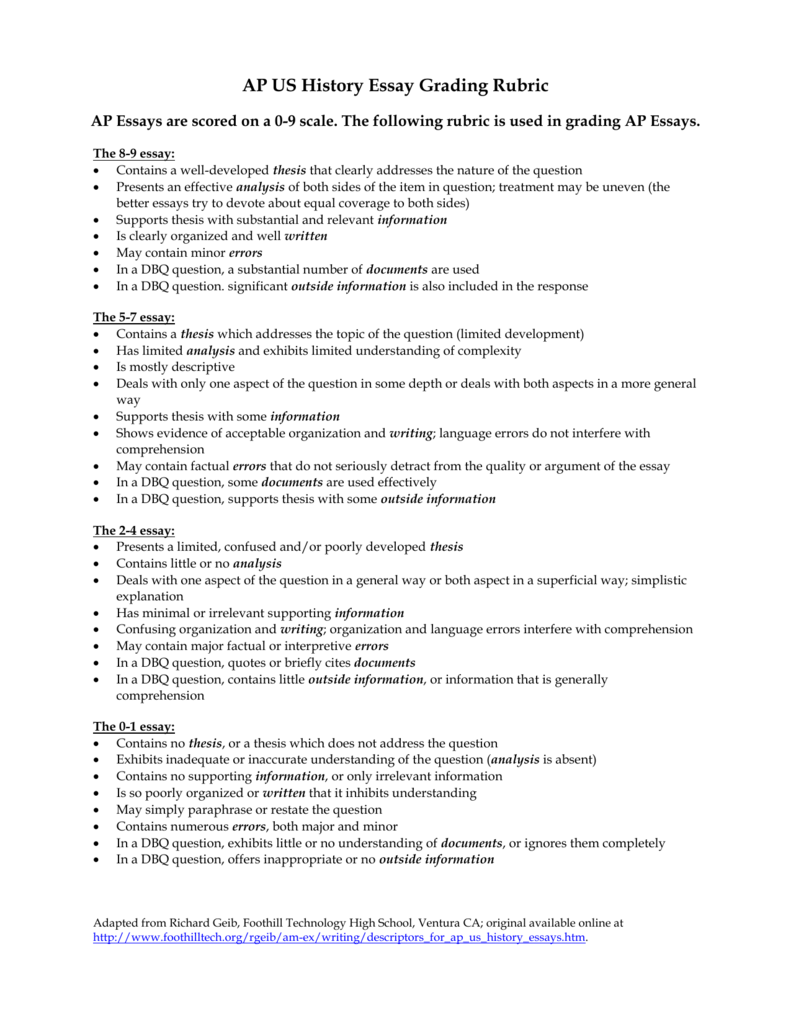
Oct 02, · The greatest essays and speeches by British and American authors include literary treasures from Mark Twain, Virginal Woolf, H.G. Wells and others African American History. Discover the people and events that shaped African American history, from enslavement and activism to the Harlem Renaissance and Civil Rights Movement Her book, Self-Taught: African American Education in Slavery and Freedom, published by the University of North Carolina Press in , received several book awards, including the Lillian Smith Book Prize. She is currently writing a book on separation of African American families during the antebellum period and efforts to reunify families
Classic British and American Essays and Speeches
Most of us american history essays transportation for granted. America on the Move - by means of its exhibition in Washington the largest at the Smithsonian's National Museum of American Historyits education kits circulated to school districts throughout the U.
Society has always depended on its systems of transport. The timeline of America on the Move begins inthe nation's Centennial. By that time, railroads had already spanned the continent and united the country in an unprecedented transportation network. The results were soon profound: economically, culturally, american history essays, and politically. Personal mobility radically expanded; one could travel across the country in a week in the s instead of taking several months just a decade before.
The economy began a huge expansion, growing almost ten-fold in the last quarter of the american history essays Century. Physical mobility became essential for social mobility. And the old sectionalism of our pre-Civil War politics eroded. As historian John Hankey has noted, citizens spoke more often of a singular, "this United States" instead of a plural, "these United States.
Railroads in the 20th century continued to develop. Byrail freight began setting all-time yearly records. Between andrail freight doubled. There were, however, many big adjustments along the way. Locomotives and track-laying crews meet at Promontory Summit, Utah, on May 10,on the completion of the world's first transcontinental railroad. Whereas in the train carried almost all long-distance travelers, in such travelers almost all went by car or airplane. America on the Move highlights this complex history, with a preamble from the late 19th century.
To the right is the famous photograph by Andrew J. Russell of the ceremony that celebrated the final joining of the rails of the world's first transcontinental rail line. On May 10,a golden american history essays was driven, a telegrapher signaled, american history essays, "Done! Santa Cruz, California, was typical of hundreds of small towns throughout the American Midwest, South, and Far West: citizens dreamed of a railroad connection, american history essays, knowing full well that their town could not prosper economically without one.
Santa Cruzans built their own railroad, since the biggest railroad in California at the time would not build the necessary spur line to the little coastal town. American history essays for narrow-gauge track 36 inches between railsJupiter became obsolete in american history essays the line switched to standard gauge 56 ½ inches. Jupiter was sold to a company in Guatemala, where it hauled bananas for more than 60 years.
Init came to the Smithsonian as a part of the United States bicentennial exhibition. Industry grew in Santa Cruz. What was grown and what was transported then changed in response. Watsonville growers in the Pajaro Valley, a dozen miles inland from Santa Cruz found that sugar beets grew well there. The expanding market for sugar led to the building of a big Spreckles Mill in Watsonville, american history essays processed beets into raw sugar.
This output was sent for refining to San Francisco — on the Southern Pacific Railroad, which had connected to Watsonville several years before the little Santa Cruz Railroad was born in Large model of refrigerator car, with doors open Ice to cool the car's interior was loaded into bunkers at either end.
The small hatches at the roof corners opened into the ice bunkers. Ice was cut from lakes in the high Sierra Mountains during winter and carried by rail to "ice houses" icing stations on rail sidings located in agricultural towns that shipped perishables.
Packed in straw in a large room at each ice house, the ice lasted well into summer. By the 20th century, refrigerated ice plants produced ice locally in towns in the fruit-growing regions.
As marketing opportunities were opened up by the rail network, various crops expanded: apple production grew rapidly, since apples could go safely by rail throughout the West and across the country. Then farmers changed successfully to perishables, such as strawberries. Railroad cars refrigerated with ice could carry strawberries as far as Chicago american history essays, later, occasionally as far as New York and Washington, DC.
Thus American diets changed, american history essays. In Santa Cruz, industries that were there grew further: lumber, fishing, american history essays, tanning, lime production. Tourism, too, began to grow, since people from San Francisco and american history essays region could more easily enjoy Santa Cruz's beaches. Demographics, too, changed. In Santa Cruz and Watsonville, american history essays, the same Chinese who had built many of the railroads in California shifted to agricultural work.
Hence the population was shaped by the many immigrants pursuing economic opportunity — Japanese, Filipino, Latino, other European, american history essays, African American — who followed Spanish, whites, Chinese, and others in pursuit of better lives.
Centennial American Republic and Railroad Map of the United States, and of the Dominion of Canada," published in For the little Santa Cruz Railroad itself - as for many smaller railroads built american history essays the late 19th century - its story was briefer, american history essays.
The line could not generate sufficient levels of passengers and freight to survive by itself. By the early s the line was insolvent and it was sold to the much larger Southern Pacific. When the new owners converted the Santa Cruz-Watsonville line american history essays standard gauge the same gauge - width between the rails - as most of the rest of the nationwide rail networkthe convenience of using the line was improved: passengers and freight no longer had to change cars at Watsonville.
Elsewhere in California, however, many farmers objected to rising shipping charges, and controversy arose about the role of big railroads and other big industries in American life. But compared to earlier forms of transport by wagon road and canal before the Civil War, railroad transport was about ten times cheaper and ten times faster.
Inrailroads carried 3. Bythat figure was billion ton-miles - a stunning fold increase. Researching the life and times of a historic object reveals many engaging stories. A small, toy-like locomotive such as this one can lead you to stories about work, industry, or personal experience. The Olomana was american history essays for the sugarcane industry that developed in the Kingdom of Hawaii in the 19th century. It served in the fields for 62 years pulling cars of sugarcane from the fields to the mill for processing.
During this time few mechanical changes were made; however, the boiler was replaced twice and the fuel was changed from coal to oil in The Olomana was built in by Baldwin Locomotive Works of Philadelphia, Pennsylvania. Baldwin, american history essays, a prosperous locomotive builder, shipped the little locomotive around Cape Horn to the Waimanolo Sugar Company in the Kingdom of Hawaii, american history essays.
The American history essays is a small industrial locomotive designed to be used for mining, logging, and on plantations. They burned wood, coal coke, or dry refuse such as dry sugarcane for fuel. Such locomotives were operated on a narrow-gauge track gauge refers to the distance between rails and used to pull or push loads of sugarcane for short distances.
Although sugarcane had been grown in Hawaii since the early s, the first export of sugar did not occur until With the expansion of sugarcane fields came the need for more labor. Workers were brought into the islands under contract as cheap labor.
Most came from Asia, american history essays, notably China and Japan, and after the Philippines, american history essays. Smaller numbers also came from Korea, Europe, and North America. The Olomana was purchased to get the sugarcane from the field to the mill.
Working the plantation was a sunup to sundown job. New immigrants combined traditional folk tunes with lyrics describing their work life in the sugarcane fields.
The seeds were planted and tended during the year, american history essays. Water needed to be brought in from artesian wells.
When the stalks reached about 12 feet, it was time to harvest. Both men and women labored american history essays the fields. Men would cut the cane, and women stripped the dry sharp american history essays from the stalks, american history essays. The stalks were bundled and carried to waiting wagons or small railcars. To move the harvested crop to the mill, workers laid temporary track in the area where the sugarcane had been cut.
Men bundled the stalks and loaded them high on small, four-wheel railroad cars in the field. After loading, one man would operate the locomotive, while others watched closely as the train moved along the temporary track. Maintaining traction was american history essays important. Sand often was thrown on rails which were covered by juice from the sugarcane.
The temporary track could be taken up and put down in another part of the field. To move the harvested crop to the mill, workers laid more track in the area where the sugarcane had been cut. The sugar was processed at the mill. The cane was crushed and the juices boiled into sugar. Note the mill in the foothill of the mountain. For more on Hawaiian sugar plantation life, see the A More Perfect Union website link below, or read:.
Pau Hana: Plantation Life and Labor in HawaiiRonald Takaki. Honolulu: University of Hawaii Press, Currently, the locomotive can be seen at the Railroad Museum of Pennsylvania, Strasburg, Pennsylvania. A conductor middle left and porter second from right assist travelers boarding a passenger train.
Postal Department clerks sort mail aboard a Railway Post Office RPO car, literally a U. post office on wheels.
The Salisbury section of America On The Move shows travelers, freight handlers, and railroad workers - all involved in the life of the community. Surrounding the foot long are a number of exhibit treatments. First is a passenger-depot waiting room modeled after the depot that still stands in Salisbury, american history essays. Then comes an exhibit treatment about the conductor and porters on a passenger train of the era.
The Constitution, the Articles, and Federalism: Crash Course US History #8
, time: 13:04The Gilder Lehrman Institute of American History AP US History Study Guide Period 1:

After World War II, the United States grappled with prosperity and unfamiliar international responsibilities while struggling to live up to its ideals African American History. Discover the people and events that shaped African American history, from enslavement and activism to the Harlem Renaissance and Civil Rights Movement Essays Period 2: » On a North American continent controlled by American Indians, contact among the peoples of Europe, the Americas, and West Africa created a new world
No comments:
Post a Comment